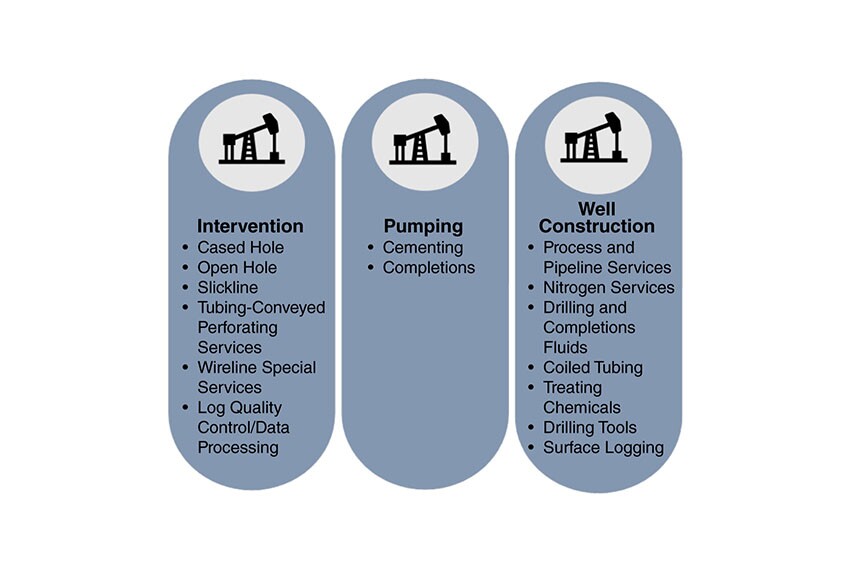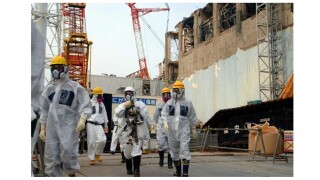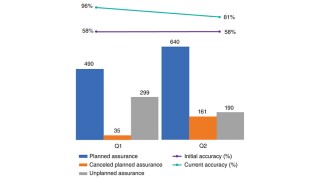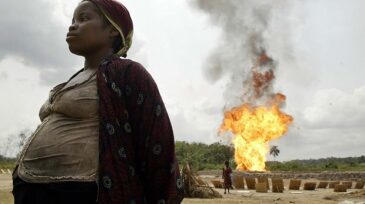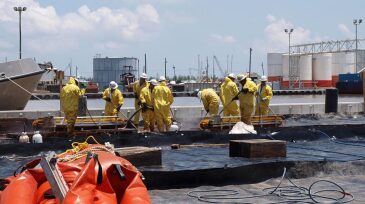Health
This paper describes a risk-based self-verification process conducted through a bespoke software application.
This paper discusses and demonstrates the limitations of quantitative risk assessment (QRA) with respect to the usefulness of the concept in managing day-to-day and emerging risks as well as the effect of change.
This paper describes a tool that complements predictive analytics by evaluating top health, safety, and environment risks and recommends risk-management-based assurance intervention.
-
A professor, whom the EPA charged with reviewing its 2016 study on hydraulic fracturing’s possible effects on drinking water, shared her observations on the process that led to the agency’s final conclusion.
-
The objective of this study was to estimate the economic burden of lung cancer and mesothelioma from occupational and paraoccupational asbestos exposure in Canada.
-
Workers exposed to extreme cold or who work in cold environments may be at risk for cold-related illnesses and injuries.
-
Australia’s peak body for lung health professionals is demanding a national response after hearing that work-related lung diseases are on the rise.
-
African-Americans face a disproportionate risk of health problems from pollution caused by the oil and gas industry, and the situation could worsen as President Donald Trump dismantles environmental regulations, according to a report issued in November by a pair of advocacy groups.
-
A recent report by a group of scientists at the University of St. Gallen in Switzerland found that children born within 10 km of an oil spill were twice as likely to die in their first month.
-
Babies in Nigeria are at double the risk of dying before they reach a month old if mothers lived near the scene of an oil spill before conceiving, study shows.
-
The US Department of Labor’s Occupational Safety and Health Administration, which had ceased most programmed enforcement actions following Hurricane Harvey, resumed normal enforcement throughout Texas and Louisiana.
-
Workers who were likely exposed to dispersants while cleaning up the 2010 Deepwater Horizon oil spill experienced a range of health symptoms including cough and wheeze and skin and eye irritation, according to scientists at the National Institutes of Health (NIH).
-
While drug use is a problem among industrial workers nationwide, it raises particular concern in the oil patch as US production surges to record levels in what is already one of the nation’s most dangerous sectors.

